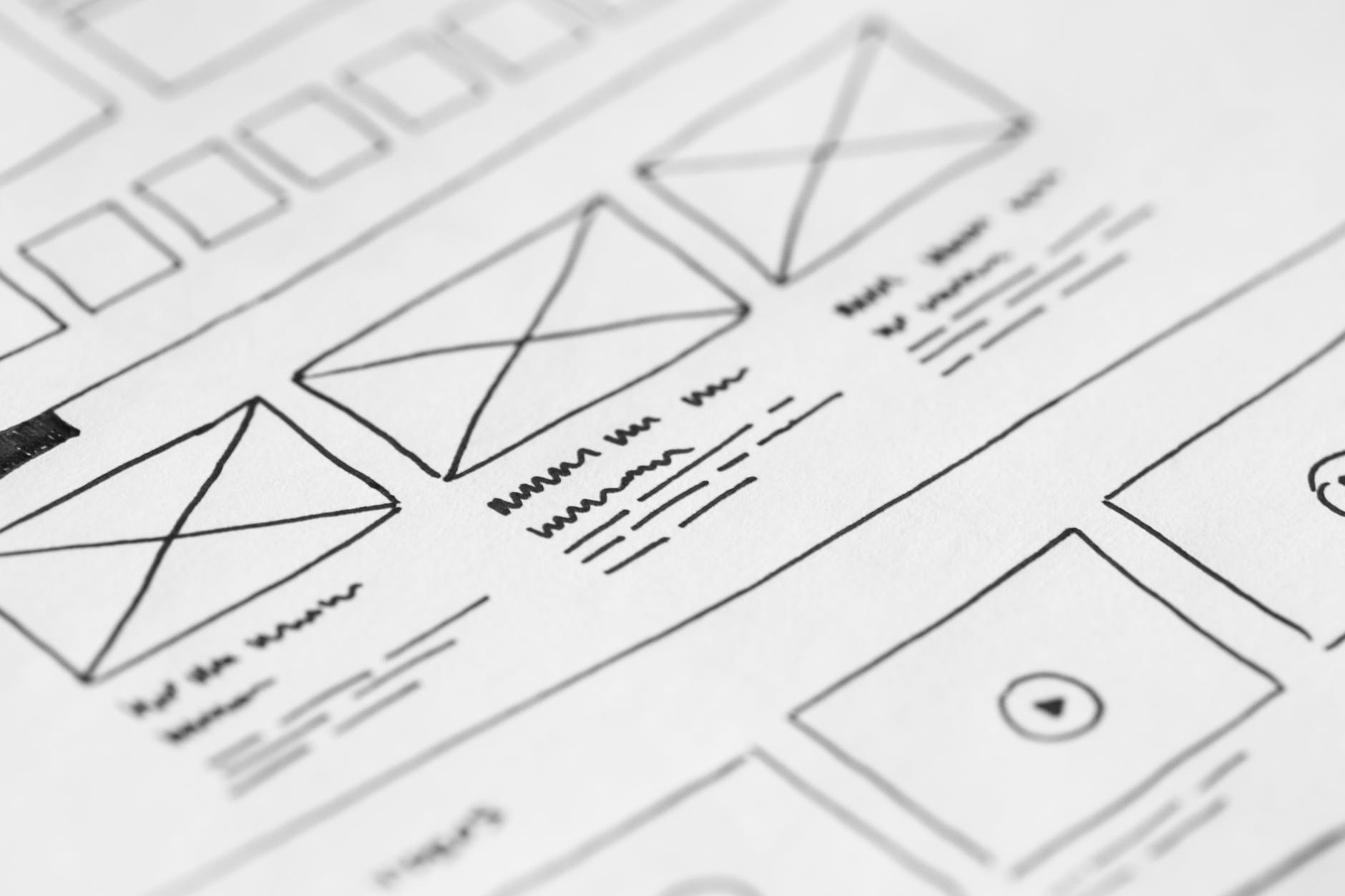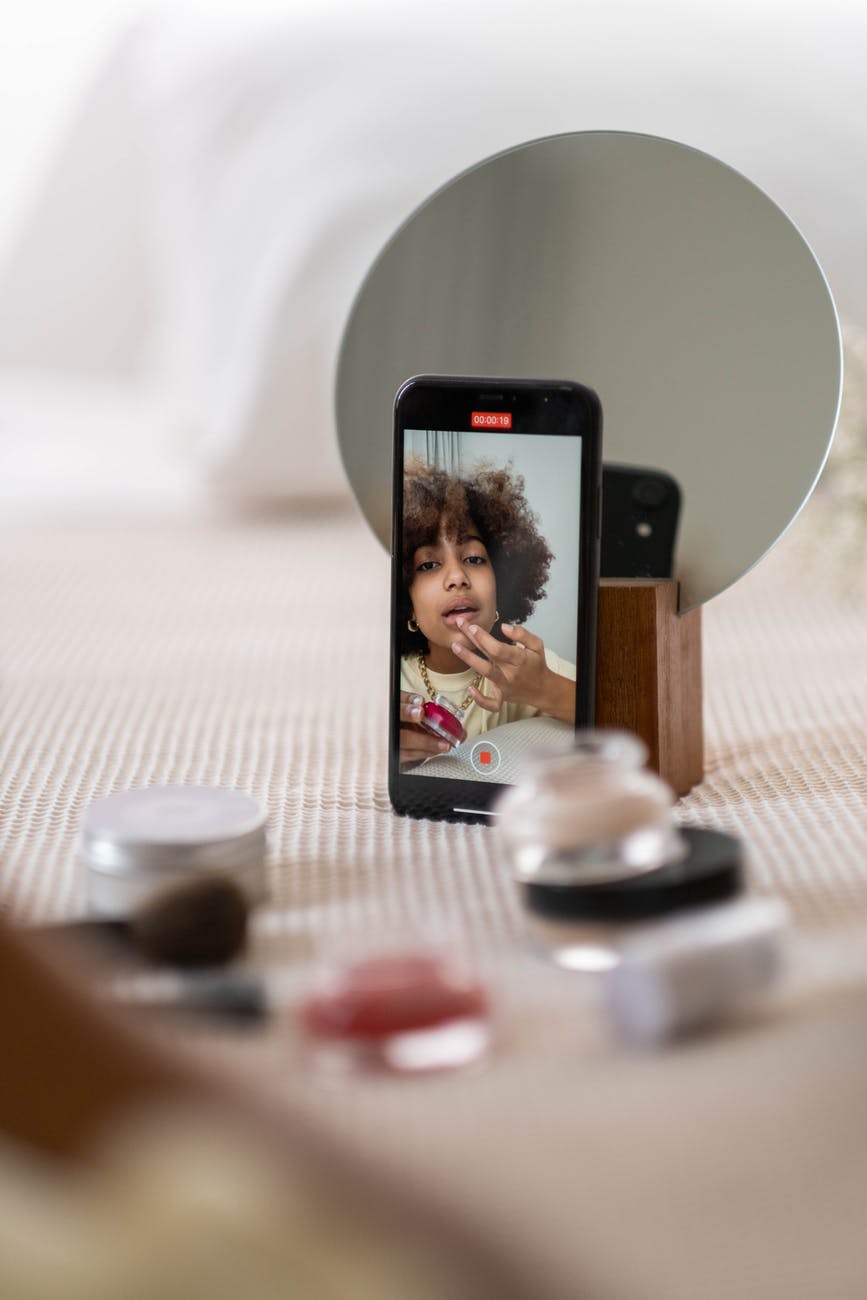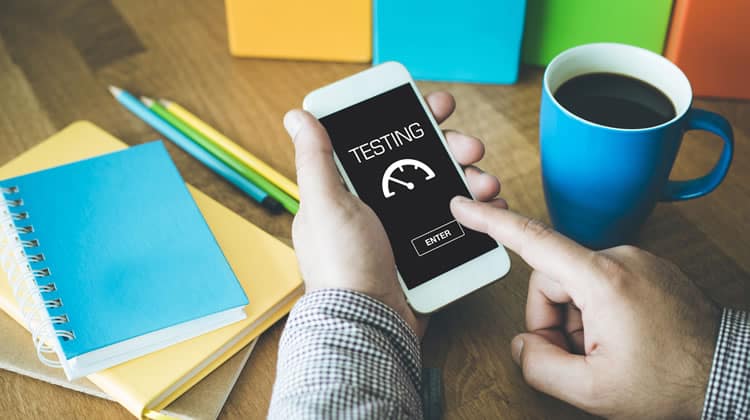Qualitative vs. quantitative research: What's the difference?
Quantitative research is designed to collect data points in a numerical form. Qualitative research lean more on the observation and collection of...
Tonic3 develops and executes strategies that drive profit through Digital Transformation. Practically that means we are built to help clients hone the right strategy, implement the right technology, and build the right long-term capabilities to deliver lasting transformation.
Industries
We believe that effective technology helps people succeed in their daily lives. So we help our clients engineer useful technology for their clients, partners, and employees. That translates to every major industry, but over the years we’ve developed several core areas of expertise.

Testing the user experience often scares business owners and marketers alike. It seems like a daunting task, especially when you have a lot of products or a lot of pages on your site.
However, this is essential if you want more conversions.

ClickMechanic did extensive user experience testing before relaunching their site. Tests have shown an impressive 50% increase in conversions.
Additionally, a study by Magnetic North found that over 90% of respondents had a bad user experience and around 33% said they would abandon a shopping cart. online purchase due to poor user experience.
There is clearly a link between user experience testing and conversions. So how do you reconcile the two?
Need UX Research? Let us help you and show you how you can implement Research & Insights for your business!
User experience testing involves testing various aspects of the user experience in order to determine the best way in which a website and its elements interact with its audience.
It's no different having a physical store. They want to know which aisles attract the most customers, when the shelves move the most product, and what type of signage prompts customers to change.
Many stores use digital tools to measure in-store user experience testing.
For online businesses (B2B, B2C, e-commerce or service oriented), testing the user experience helps identify and improve weaknesses.
You can test confidence, first impressions, comparisons (like A / B testing), time spent on the page and more. When you fill in the details, you will see the templates.
Think about your website for a moment. What are your goals?
You want to increase sales, of course, but how do you do that? You can't just click a button and flood your bank account with money.
Instead, you need to find out what is preventing consumers from buying your products and services. This is the heart of user experience testing.
To increase sales, it is necessary to meet the needs of each user. What do you need to complete the payment process?
Some things immediately spring to mind:
The list goes on. But what one audience needs may not be possible for another. Because of this, you can't blindly follow UX best practices and assume that you are wasting money.
The tips and best practices provide a starting point, but you need to compare your assumptions with your user base.
User interface (UI) is a component of user experience (UX).
Think of UX as the entire user experience, from the first time you access a website to the latest version.
The user interface refers to the specific way in which users interact with the elements of the page.
UX is a generic term, while UI is just one of its spokes.
Before deciding which testing method to use, it is important to understand the target audience, the resources (time and money) available, and the objectives of the survey.
This information will not only help you choose the appropriate test method, but will also allow you to personalize test takers' questions and activities.

Now let's take a look at the usability testing methods you can include in your test plan:
The guerrilla test is the simplest form of usability testing. Basically, guerrilla testing means going to a public place like a cafe to ask people about your prototype.
The test participants are selected at random. You will be asked to pass a short usability test, usually in exchange for a small gift (eg free coffee). It is inexpensive and relatively easy to test, allowing real user feedback.
When to use
Guerrilla testing works best early in the product development process. When you have a tangible design (metallic or lo-fi prototypes) and you know whether you are going in the right direction or not.
Guerrilla testing is also a good way to gather personal opinions and emotional impressions of ideas and concepts.
It is always important to understand that participants in guerrilla testing may not represent the target audience for your product. For this reason, guerrilla testing may not be suitable for testing niche products that require special skills (such as stock exchange software).
What to remember
The activities you choose for your testing session play a crucial role in determining whether the results are useful or not. Since it is impossible to test everything at once, it is necessary to prioritize all possible interaction scenarios and choose the most probable (main user flow).
Also, remember that you only have a limited time per test session. Typically, people who do the guerrilla roll donate a maximum of 5 to 10 minutes of their time.
As the name suggests, usability lab tests are tests performed in special environments (labs) and supervised by a moderator. A moderator is a professional who wants to receive feedback from users in real time.
In a moderated test, moderators guide test participants through activities, answering their questions and comments in real time.
When to use
Usability testing in the lab works best when you need detailed information about how real users interact with your product and the issues they face. This will help you find the reasons for user behavior.
The fact that this test is moderate and not moderate allows to collect more qualitative information.
At the same time, lab tests can be expensive to organize and run as you need to secure an environment, hire examiners, and a moderator. Another problem with this test is the number of test participants in a single round.
As a rule, you will have 5 to 10 participants per research cycle in a controlled environment. Therefore, it is important to make sure that all applicants reflect your actual clientele.
What to remember
Laboratory usability testing requires a trained moderator and location to perform a test. Here are some things to consider when choosing a moderator.
A moderator should always be ready to help test participants understand the purpose of the test (describe the objective) and keep the participant informed if there is any confusion.
However, that doesn't mean that a moderator should tell candidates what to do.
The moderator must be good at deciphering body language. Remember that what candidates say isn't always what they think.
Therefore, a moderator must be good at observing and analyzing body language and facial expressions.
Unmoderated remote usability testing is performed remotely, without moderator. Provides fast, robust, and cost-effective user test results that can be used for further analysis.
Candidates are encouraged to carry out the activities in their own environment with their own devices and without the presence of a facilitator, which results in a natural use of the product.
The cost of unmoderated testing is lower; however, this type of test provides less detailed test results.
When to use
Unmoderated remote usability testing works best when you need a large sample to demonstrate the critical results of your initially moderated research.
In other words, you have a specific hypothesis that you want to test with the majority of your users.
Unmoderated remote usability testing allows you to test a specific question or observe patterns of user behavior.
What to remember
Remote usability testing does not address a test participant's argument. For this reason, it is not recommended to use unmoderated remote testing as the first method of usability testing.
Need UX Research? Let us help you and show you how you can implement UX Design for your business!
Contextual research is less of a usability testing method and more of an interview / observation method that helps a product team better understand the user experience of real users.
Test participants (real users) are first given a series of questions about their experience with a product, then observed and interviewed while working in their environment.
When to use
This technique is useful for obtaining complete information about users: their office, preferences and personal habits. Having all of this information at the start of the design collaboration process will help the product team create a personalized experience.
But this method also works for shipped products. It's easy to prioritize usability issues when you see them firsthand.
Contextual queries are also useful when you want to test user satisfaction with a product.
What to remember
Researcher should never express its opinion during testing sessions. The objective is to observe how test participants interact with a product and do not participate in these interactions.
It is important to take notes while watching. If you take notes after each observation session, you can write a detailed test report.

A phone interview is a remote usability test in which a moderator verbally asks participants to perform tasks on their devices and feedback is automatically collected (the interaction of the user is registered remotely).
When to use
Telephone interviews are a great way to get feedback from candidates in different parts of the world.
What to remember
This type of test requires a qualified moderator. When it comes to applicants, a moderator should have excellent communication skills.
Ranking cards is a great way to prioritize user interface content and functionality.
The technique is relatively simple: just place concepts (content, functions) on the cards and allow test participants to manipulate the cards in groups and categories.
After the test participants have ranked the cards, a facilitator should ask them to explain their logic (to understand the reasoning).
When to use
Card classification is ideal when you want to refine your product information architecture before creating a low fidelity model with a wireframe tool. When you receive feedback on your navigation structure, you can make decisions based on the data.
What to remember
Ranking the cards will help you guess how you are going to organize your content / resources. But it's still important to validate this assumption with real users.
Sometimes modifications designed to improve the browsing experience lead to entirely different results.
Session recording is a method of recording actions taken by real (but anonymous) users when interacting with a website.
Session recording data helps to understand which content / functionality is of most interest to users (through heat map analysis) and what interaction issues users encounter when 'they interact with your product.
When to use
Session recording helps you understand the main issues that users face when interacting with your product.
What to remember
To do this, you need to use a special tool, such as HotJar, to record a session.
Session logging works best when used in conjunction with another type of usability testing.
When analyzing the results of the session recording, it is assumed what problems users are facing, but it is often necessary to perform another test to understand why they are experiencing this. problem. .
Many UX experts view A / B testing as a method of usability testing. It's important to understand that usability means allowing people to experience the functionality of a product.
And, as we know, A / B testing involves trying two or more versions of a page / screen to see which is the most effective.
The goal of A / B testing is to find the page that converts the best, while the goal of usability testing is to find usability issues that prevent users from having an optimal user experience.
If you have never tested the user experience before, you might be wondering what to test, how to do it, and what to do with the data collected.
Unfortunately, some companies make UX errors. If you are not sure you are on the right track, you may need some advice. Some of the most common are shown below.
Ideally, you would use an automated tool to perform UX testing with a large number of participants. As you get more participants, your results will be more accurate.
For example 10 people can give their opinion and some of them will be very valuable. However, if you test 1000 people, you will get more data and see more models.
Tools like Crazy Egg, for example, allow you to test certain visitors to your website. You can view recordings, view heat maps, and view travel maps to find out what your users are doing.
Your reviewers should be part of your target audience. For example, if you sell diapers, you don't want to test with people who don't have or work with children.
These are not the kind of people who buy your diapers.
For this reason, leveraging existing traffic can be invaluable. People visit your website because they are interested in your content, your products and your services.
Testing them will provide more valuable information.
For a test to provide legitimate and valuable information, it needs a sufficient number of testers to achieve statistical significance. In other words, you need the data to provide answers that can be applied to your entire audience.
Besides, a test is never enough. Your brand and your business evolve, as do your customers.
You can introduce new products, add more services, or change your content production schedule. These changes require additional testing.
Running cycle-based user experience tests can help you narrow down your efforts. You will see how the changes relate to the content, interactivity and other elements of your website.
There is no time like this! However, you don't want to run user experience tests until you have enough testers, site visitors, or participants to provide accurate feedback.
For example, if your site only gets 100 hits per month, it's probably not ready for user experience testing. Focus on increasing traffic, then focus on UX.
Need UX Research? Let us help you and show you how you can implement UX Design for your business!

Quantitative research is designed to collect data points in a numerical form. Qualitative research lean more on the observation and collection of...

Your website will often serve your prospects before you. Therefore, their experience using your website to buy online is crucial in converting them...

The success of a product/service has always depended on how its consumers perceive it.